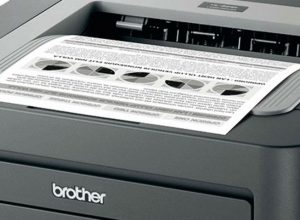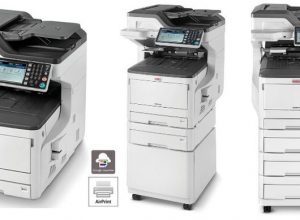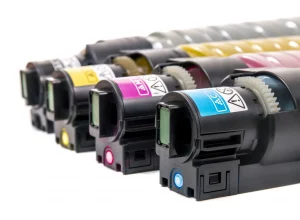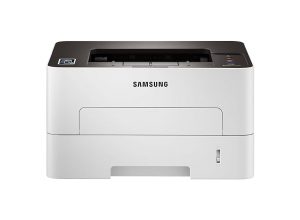Contents
The secrets of ink cartridge numbers – How to decode and use them
In the world of printing, ink cartridges are essential to guarantee optimum print quality. However, understanding cartridge numbers and what they mean can be complicated. This article looks at how to decode ink cartridge numbers and maximize their use for your printing needs.
Ink cartridge numbers aren’t just random identifiers; they contain crucial information about compatibility, ink capacity and specific product features. For example, a typical cartridge number might contain letters and numbers that indicate the printer model for which it is designed, as well as the ink color. To illustrate this, let’s consider a Canon PG-245 cartridge. Here, ‘PG’ designates a Pigment Black cartridge, and ‘245’ refers to the ink capacity of this cartridge, which can also indicate a standard or high-capacity version.
Decoding these numbers is essential not only to buy the right cartridge, but also to optimize printing costs. High-capacity cartridges may seem more expensive at the outset, but they offer a lower cost per page when you consider the number of pages printed. What’s more, some manufacturers, like Brother or HP, use specific color codes that go beyond simple black and color, including shades such as cyan, magenta, and yellow; the right choice guarantees faithful color reproduction in your prints.
To help you understand which cartridge to use, here’s a table showing the correspondence between model numbers and their characteristics:
| Marque | Cartridge number | Type | Capacity (pages) |
|---|---|---|---|
| Canon | PG-245 | Noire | 180 |
| Canon | CL-246 | Color | 300 |
| HP | HP 65 | Noire | 120 |
| HP | HP 65XL | Noire | 240 |
| Brother | LC-203 | Noire | 550 |
| Brother | LC-201 | Color | 400 |
In addition, it’s important to consider the environmental implications of purchasing ink cartridges. Reconditioned or recycled cartridges can offer a cost-effective option while also helping to reduce waste. Some cartridge suppliers offer return systems that allow users to send back used cartridges. This creates a cycle of sustainability in ink consumption, reducing the need for new plastics and other materials.
Why are ink cartridge numbers important?
Ink cartridge numbers contain crucial information on compatibility, ink type and other specifics needed for printing. Knowing these numbers not only helps you choose the right cartridge for your printer, but also ensures that prints are of the best possible quality.
Cartridge number components
Each cartridge number generally consists of two main components:
- Manufacturer identifier : This indicates the printer manufacturer, enabling users to ensure that they are purchasing a compatible cartridge.
- Cartridge type: This refers to the specific model, often indicated by an alphanumeric combination.
Using cartridge numbers to save money
With ink cartridge prices on the rise, knowing how to use cartridge numbers to make informed choices is essential. Here are a few strategies:
- Choose compatible cartridges: Many manufacturers offer compatible cartridges that work just as well as the originals, often at a lower price.
- Evaluate page yield: Page yield is often printed on cartridge packaging. Knowing how many prints you can get will help you choose the cartridge that offers the best value for money.
- Using refillable cartridges: Some cartridges can be refilled, which can considerably reduce long-term costs. Make sure you know your cartridge number so you can order the right refill kit.
Conclusion
Understanding ink cartridge numbers is a valuable skill for anyone wishing to optimize printing costs and improve document quality. By knowing how these numbers work and applying the tips above, you’ll be able to navigate the complex world of ink cartridges with confidence.






